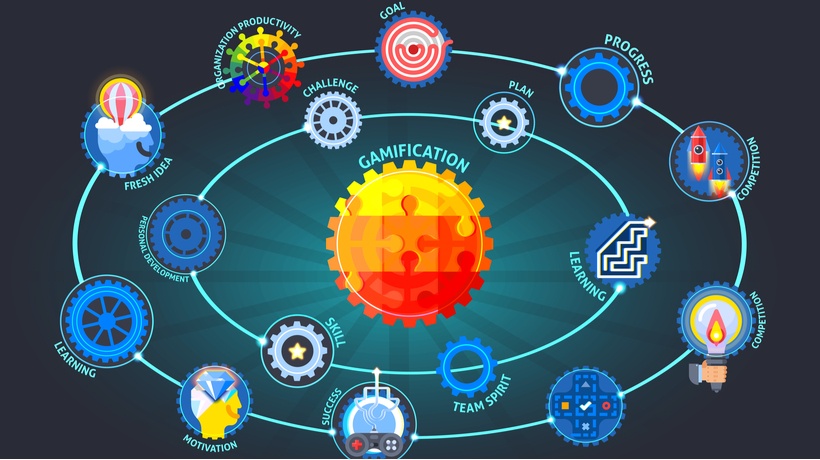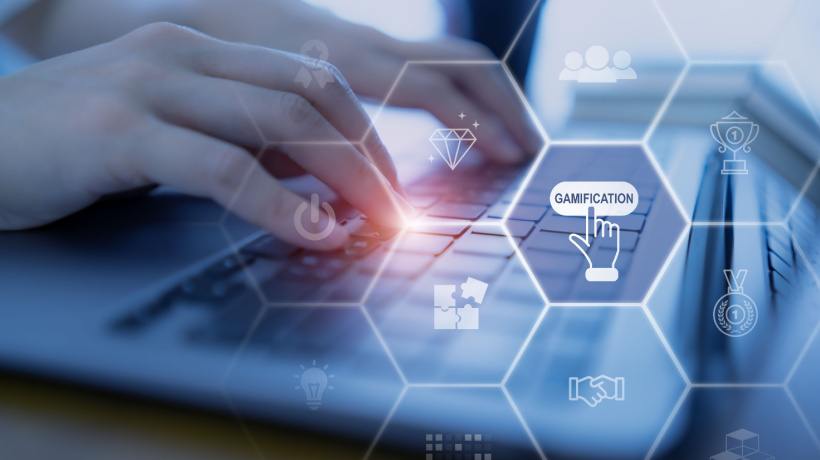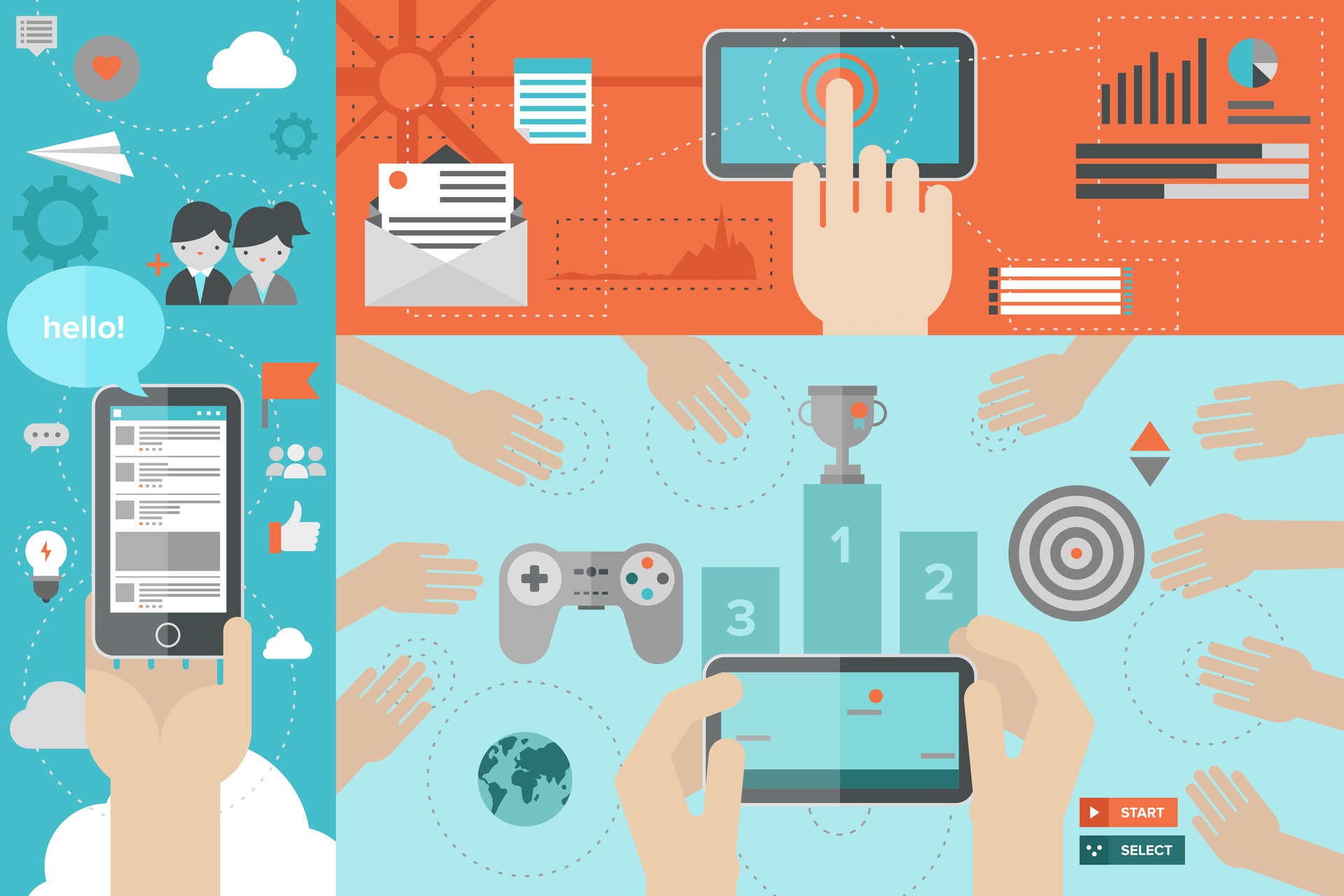How To Gain Knowledge By Using Gamification
The process of learning and polishing your skillset is far from easy. In order to move past obstacles, such as a lack of motivation and distractions, you need an iron will, tons of focus, and constant effort. Over time, experts have found different ways to help improve learners' skills without it costing too much. One of those ways is gamification. A simple yet intuitive way to introduce game mechanics into your educational life. In this article, we will discuss how gamification can help you learn better, faster, and more efficiently.
What Is Gamification In General?
Gamification is a vast and broad term, but it can be summarized in just a few words: "using game mechanics to help individuals achieve a particular goal." This definition indicates that gamification takes pure gaming ingredients from the game-design context and applies them to non-gaming scenarios, like Learning Management Systems. Gamification uses different game mechanics, such as points, ranks, levels, badges, and leaderboard mechanisms to help improve motivation and engagement.
Gamification In Education
Using gamification in educational methodologies is the process of converting typical academic units into interesting gaming themes. The key indicator of a student’s knowledge building is engaged behavior, the kind of attention and personal involvement a student has with a learning activity. The more your students are engaged with the learning process, the higher chance they have of enhancing their skillsets. Gamification plays a vital role in motivating students to be more productive, to compete with other fellows, and to get better rewards for outstanding effort.
Let’s have a look at how we can improve our educational knowledge and skills using gamification.
Create Learning And Behavior Goals
It’s a fact that education and discipline go hand in hand. Boosting a student's focus is not a simple task, it requires visionary planning and a gamification-based learning module. Academic learning goals help students concentrate on study materials while behavior goals provide them an environment to improve their etiquette.
In order to accelerate the learning process, teachers and mentors can use gamification elements, such as points, badges, and leaderboard top spots, whenever their students complete a milestone, (i.e., finishing a topic, chapter, course, or even an entire book). To develop better discipline among the students, teachers can reward gamified benefits to students for punctuality, collaboration with other students, and for completing assignments on time.
Make Learning Fun And Interactive
Can education and fun be used in the same sentence? Well, no doubt, using gamification elements can make education more enjoyable and interactive for students.
To make a dry and boring lecture more interesting for students, educators can use different gamification techniques to grab students’ attention and encourage them to participate more than usual. For the purpose of creating fun, teachers can divide students into different teams and initiate a competitive points system. Using videos in lectures, rather than slides filled with text only, greatly impacts students' engagement levels. At the end of the educational videos, teachers can conduct a related quiz session for students and reward them with gamified points, badges, and levels according to their performances.
Create A Competitive Environment
It’s true, being competitive is a common attribute of human beings, and when gamification elements like leaderboards, levels, and ranks are used in a proper manner, students perform better.
It’s gamification that can help build a competitive environment that pushes students to focus more on studies, participate more, and compete for higher scores. Just like in a game, players fight with other opponents to score more points; similarly, this game element can be applied to learning activities, giving students a sense of victory and confidence. By initiating individual and group-based competitions among students through quizzes, assignments, and surprise tests, teachers can create a healthy competition and build a rewarding system.
Develop A Better Learning Management System (LMS)
Many conventional things are becoming digitized as technology is rapidly taking over manual and old-fashioned procedures. Similarly, the Learning Management System has also faced transformation to some extent, restructuring itself as online software or web-based application.
Now a number of educational institutes and online education providers are using efficient Learning Management Systems for courses, lectures, assignments, quizzes, and student progress reports. An updated Learning Management System has the full potential to incorporate gamification to make the learning process more interesting and engaging. Teachers and lecturers can assign courses, different assignments, and related quizzes to registered students. Once students submit their assignments and quizzes, they can be graded according to their effort, and teachers can assign them gamified points, badges, and ranks as well.
Make Students' Progress Visible
Displaying students’ achievements and milestones in front of other students creates motivation and a hunger to do more. It’s a social element of gamification that can drive other students to get inspired and improve their performance. A student's "progress visibility" is a win-win strategy that is used in the educational process (at both the individual and group level) to create a massive impact on a student's motivation.
A simple progress bar can help teachers show students progress and gamify the learning process. Sometimes it is not clear in students' minds where they are heading and what type of learning goals they need to achieve. With the help of a progress bar, students can receive tips about how much effort they need to put in for better results.
Conclusion
We have discussed how gamifying educational and learning processes can help students by increasing engagement and improving motivation. By using gamification elements, educators can create a healthy, competitive environment for learners, providing them opportunities to grow their knowledge and skills through a rewarding system.









